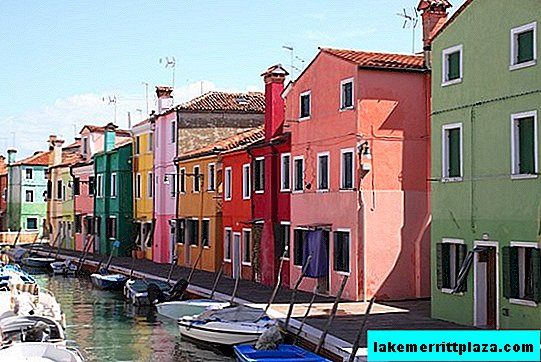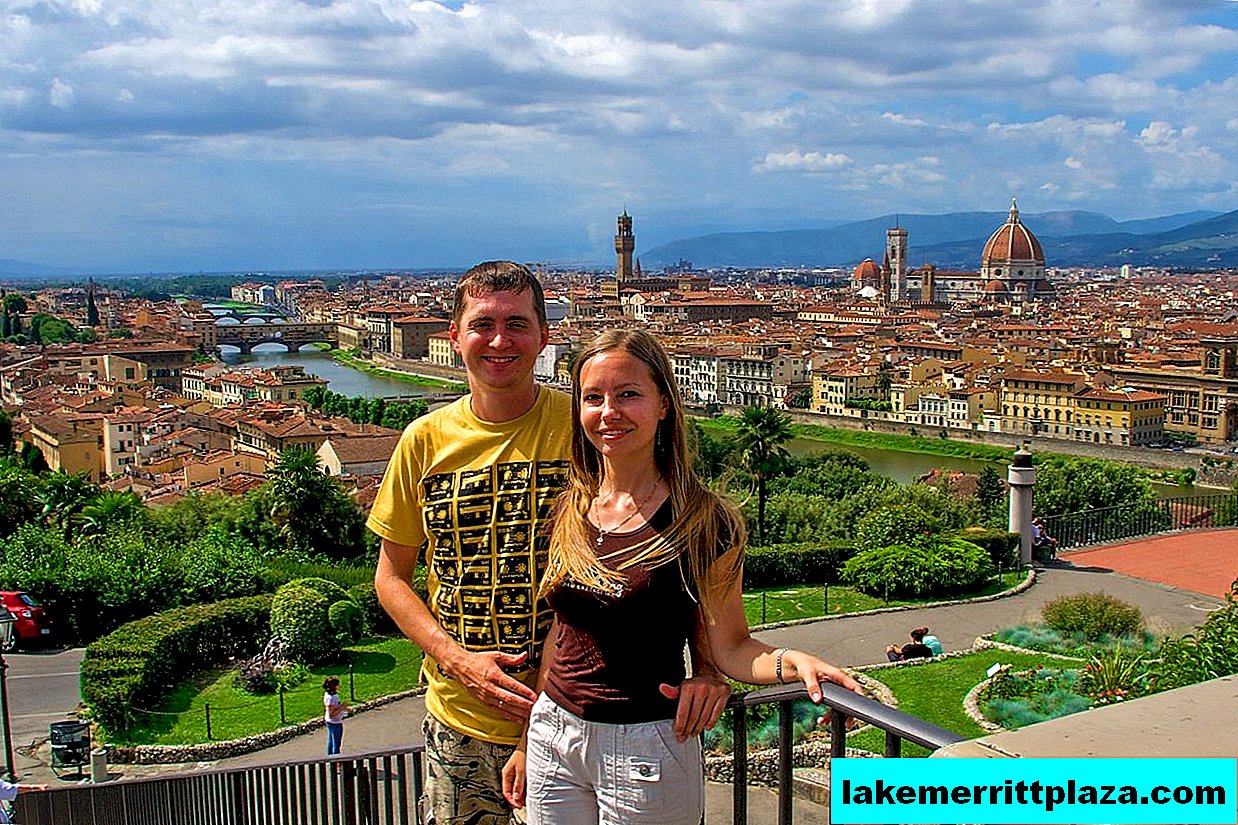Ulm is one of the most beautiful German cities. This is a university city, a famous tourist center of southern Germany. In Ulm, many unique monuments have been preserved. The most noteworthy object is the Gothic Muenster Cathedral.

Ulm (Ulm)
This is the tallest Christian temple in the world. The height of its bell tower with a spire is almost 162 meters. This tower is called by the townspeople "the finger of God." Ulm is a small city in size - it is easy to get around on foot or go round on a bicycle (they are rented). Buses and trams run around the city. Historical objects can be met at every step.
Sights of Ulm






Ulm Cathedral (Ulmer Münster)
It is believed that the history of settlements on the site of Ulm began 30 thousand years ago. Archaeologists have discovered in this area traces of civilizations from the early Neolithic. The first documented mention of Ulm dates back to 854, but the foundation of the city is still attributed to the 11th century.
In 1181, Ulm was proclaimed a free imperial city and surrounded by a city wall. The year 1397 is the date the construction of the Münster Cathedral began. The city hall was built a little earlier - in 1370. Originally it was a trading building, and it began to carry out functions of a town hall since 1419.

Wiblingen Monastery (Kloster Wiblingen)
The city at that time was well located at the crossroads of trade routes on the road to Italy. It was a major economic center with developed art and a distinctive architecture. Everything changed in the XVI century and later - during the Thirty Years War. Gradually, the economic life of Ulm fell into decay, and several military invasions completely undermined its power, and it ceased to be considered an imperial city.
The economic boom began in the 19th century. Then the Cathedral was finally completed. During World War II, Ulm was destroyed by 80 percent. It was rebuilt in the post-war years - then modern buildings were erected, but many historical buildings were recreated.

University of Ulm (Universität Ulm)
University of Ulm (Universität Ulm) was established in 1967. This event positively affected the reputation of the city. At the end of the 20th century, industrial areas were intensively built, new production facilities, research centers were opened.

Cathedral Square - Münsterplatz
Today, Ulm, standing between industrial cities - Stuttgart and Munich, continues to grow. Guests of the city are attracted by historical quarters; Cathedral Square - Münsterplatz, where ancient and futuristic buildings are collected in one complex. The sights of Ulm include the Genseturm and Metzgerturm towers, which once served for defensive purposes. Weinhof Trading House has a 500-year history; Romanesque chapel of St. Nicholas was built in the XII century.

Metzgerturm
People come to Ulm not only to join history, but also to go shopping. Near the Münsterplatz square and on the Hirschstrasse street are the most popular shopping pavilions. In summer, the Gassenfest fair is open. The main urban souvenir is the chocolate sparrow figurine. These "birds" can be found here in every cafe or shop.

Ulm (Ulm)
Fans of gastronomic discoveries should head to the Fischervierte area. There are popular restaurants with traditional local cuisine. And in the numerous beer gardens of Ulm, excellent local sausages and great beer are served.

Town Hall (Rathaus)








